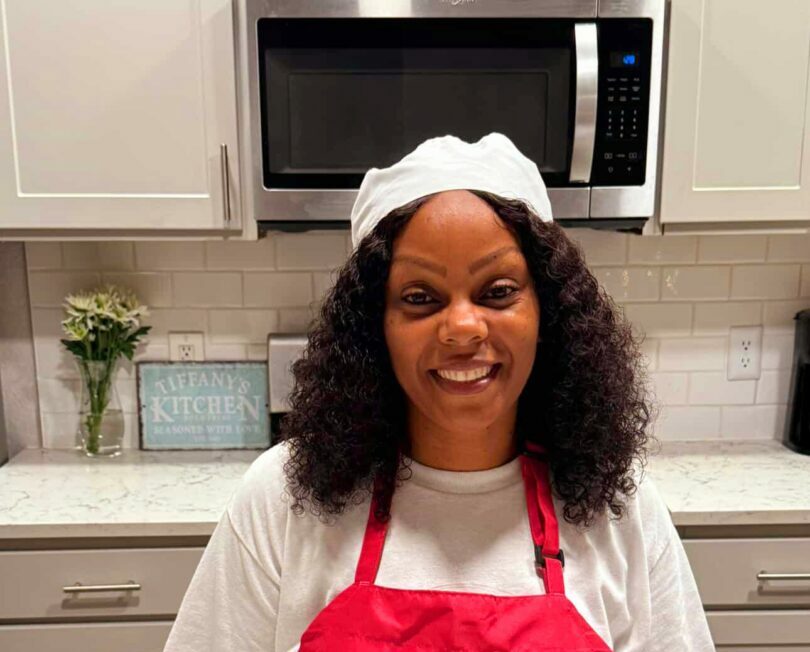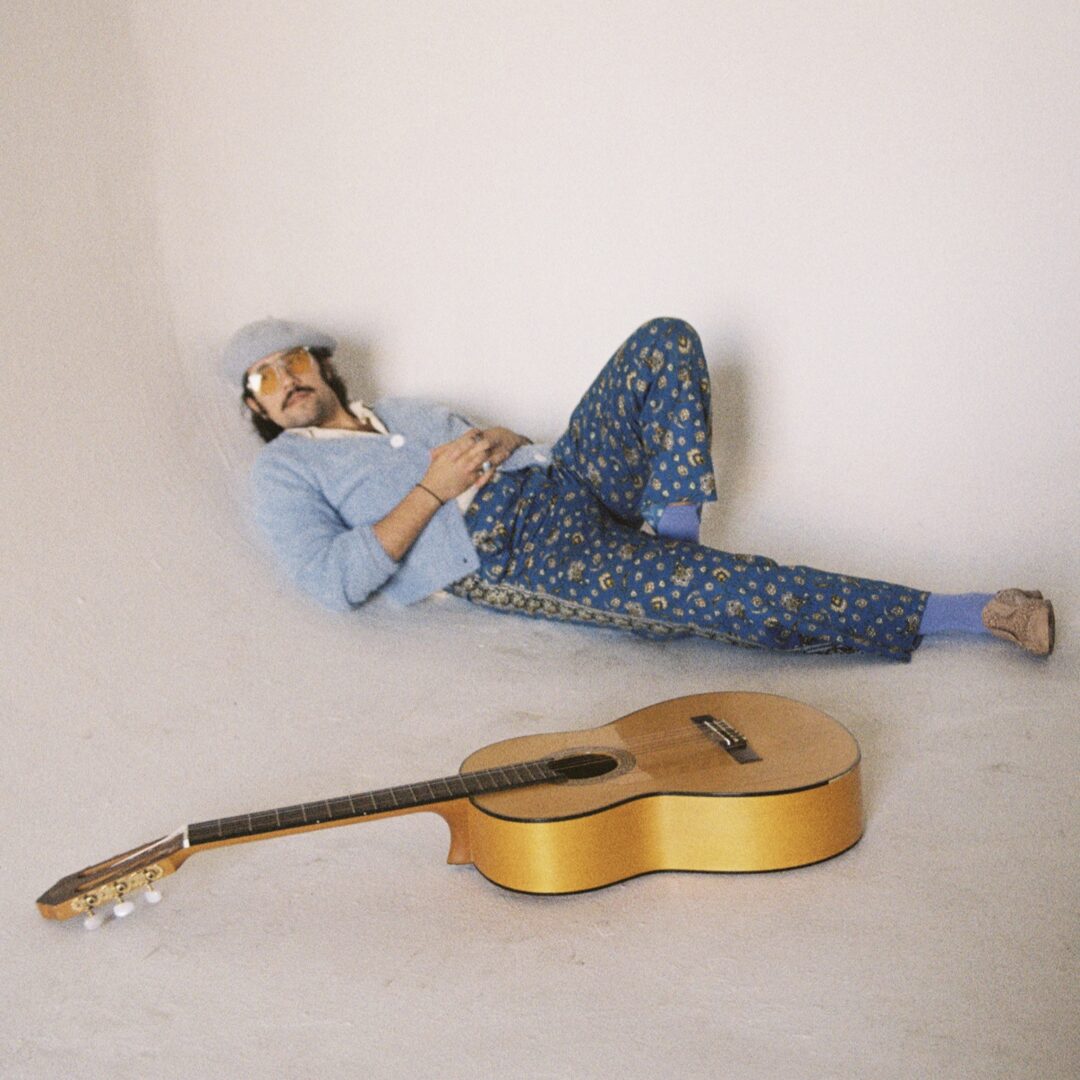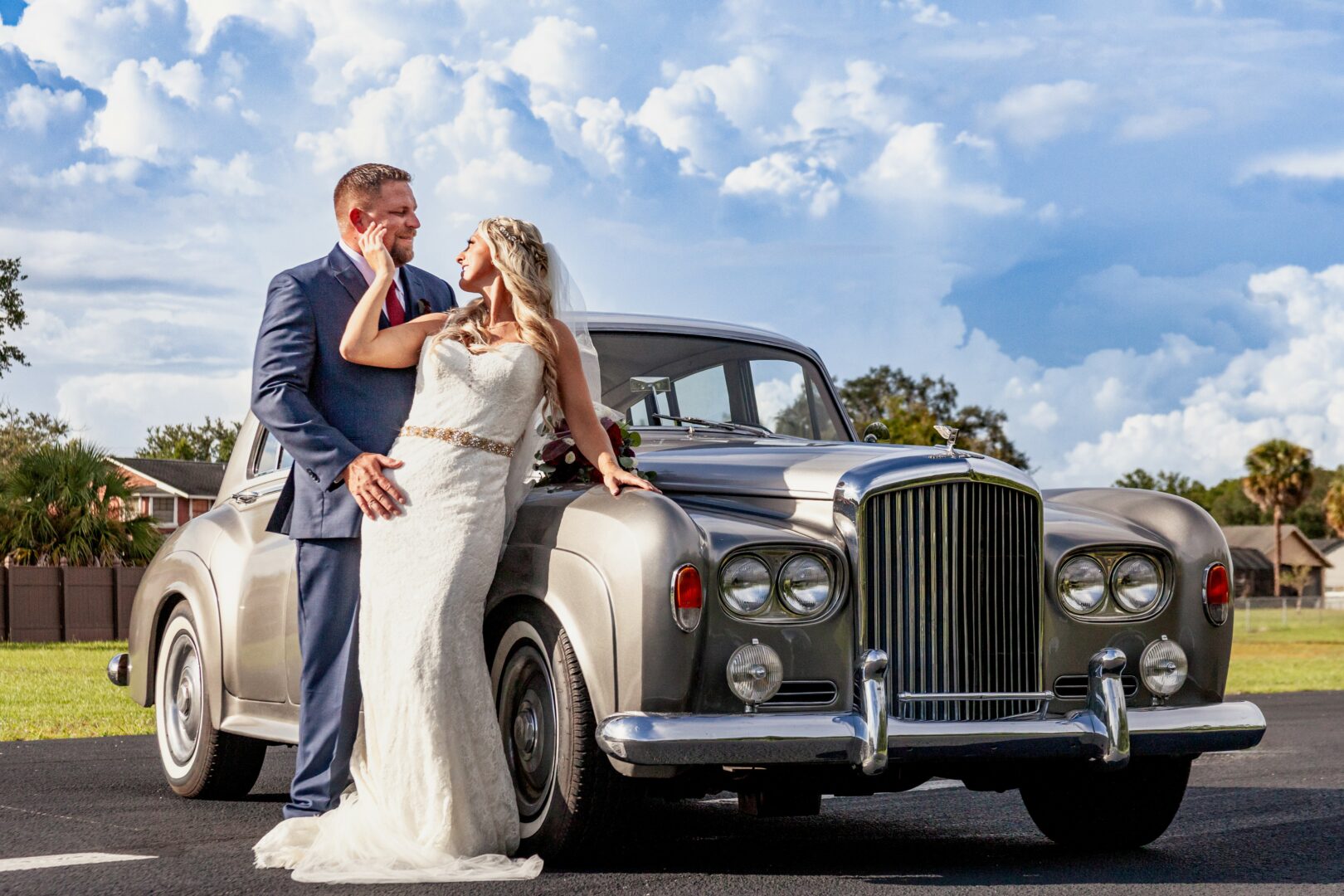We’re excited to introduce you to the always interesting and insightful Todd Drake. We hope you’ll enjoy our conversation with Todd below.
Todd , we’re thrilled to have you sharing your thoughts and lessons with our community. So, for folks who are at a stage in their life or career where they are trying to be more resilient, can you share where you get your resilience from?
I remember the spot where I made my first decision to persist with optimism and joy.
I was 14 and had just buried my beloved step-father. I had only a few days before returned from the long ride in an undertaker’s limo that took us into the Fall leaves of the North Carolina countryside to a small graveyard filled with same names as my step-father. This was the second husband of my mother’s to die from cancer. My father had died over a decade earlier.
That moment of resilence came as I was descending the steps of my Junior High School on my first day back after the funeral. My friends and teachers had all greeted me with sad and supportive faces. I was asking myself, do I spend this day being obviously sad and continue to milk the pity of my community, or do I smile and move on with my life. I chose the latter.
No one told me to “buck up and move on through” this trauma, but I did and the habit stuck as I soon faced other events like the death of a beloved grandfather and uncle, men who had taught me so much about how to be a good man. I cared for both in their final days. My mother, Elizabeth, would in a few more years be diagnosed with a brain tumor and the resilience I had picked up as a young teen, served me for the next 30 years and I helped her through numerous surgeries and treatments.
Elizabeth also served as a wonderful role model for resilience. I will never forget seeing her wheeled into a hospital x ray imaging center and seeing her quickly win over the staff of nurses and doctors with her humor. I remember her being wheeled out from one such encounter and seeing the nurses and doctors stand in a line and applaud her as she left.
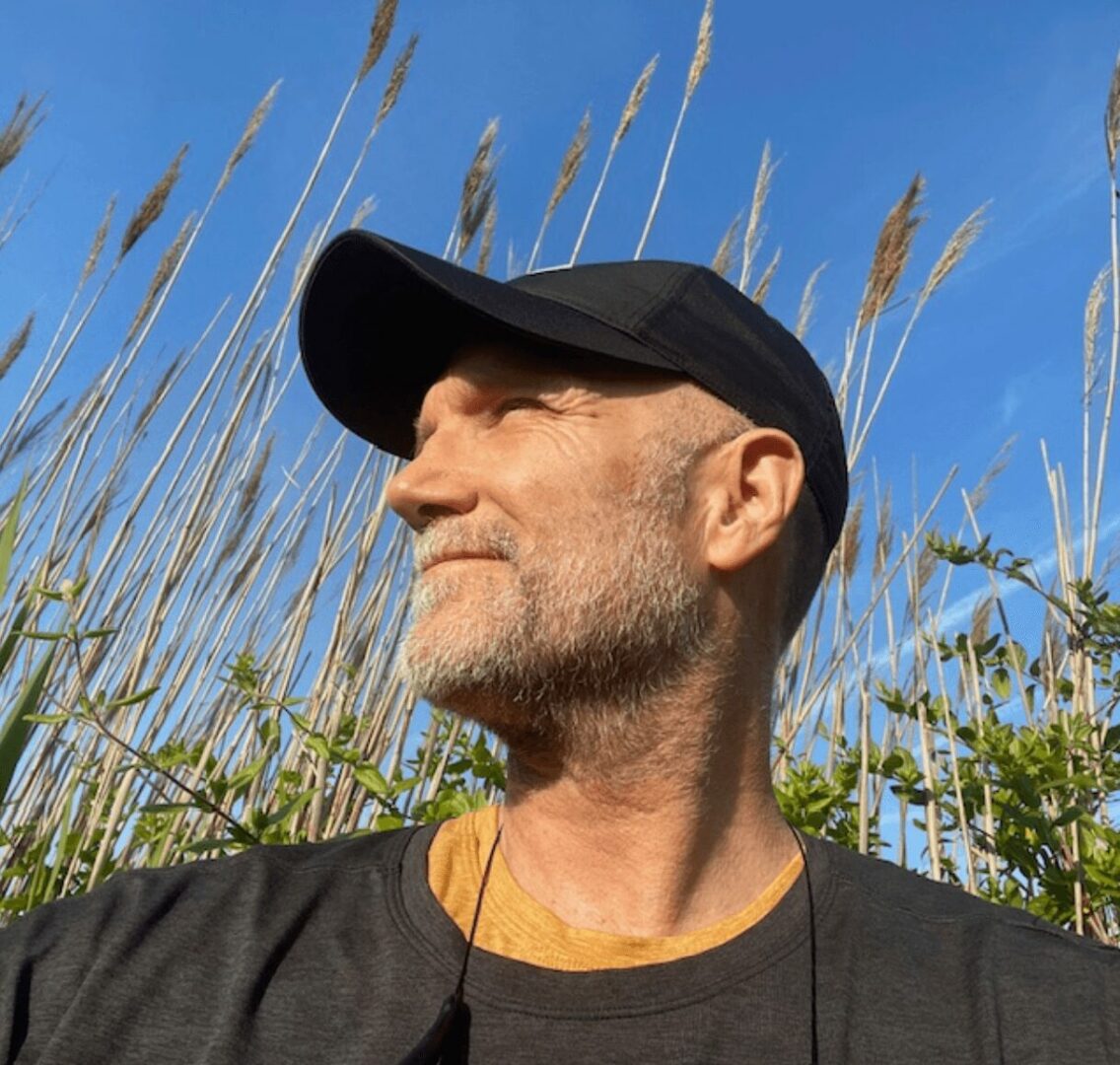

Let’s take a small detour – maybe you can share a bit about yourself before we dive back into some of the other questions we had for you?
After years of painting and photography projects I moved to New York City. At first, I felt like an outsider ( I was) and did not want to just take tourist-like photos of the city. I also did not have the studio space or connections to produce and sell large paintings. So I went back to a process I learned in graduate school – linocut printing. I had always loved how simple and bold this process was and it was something I could manage to make and store within a small apartment. It was also something between painting and photography so it felt right.
During the 1990’s and early 2000’s, before moving to New York City, I was active as a volunteer serving recent immigrants from Viet Nam, the Dega People, also called the Montagnards by the French. This led to a Rockefeller Fellowship at UNC Chapel Hill working on the transnationalization of the American South. During that fellowship, I travelled all across North Carolina and made art with a variety of people including undocumented immigrants terminating in the Et Al Painting series. This and 9-11 led me to create photographic exhibitions in collaboration with the “Dreamer community” and Muslim-Americans. The latter took me all over the Middle East on Fulbright sponsored trips.
While I brought my interest in social justice focused art making to New York City in 2016. I wasn’t until the Covid Pandemic starting in 2020 that found a unique way to share by art making – on the streets of New York as wheat paste graffiti. This approach has literally opened up my art and given me the DIY door I needed to make my own artistic place in New York City. It is also how I found by street art name “Quaker Pirate”.
The rich collaged graffiti walls of New York City have influenced my work. I still love printing black and white linocuts because they stand out so well on the multicolored graffiti walls where I like to past them. My subject matter has been shaped by the street. I have learned both from work that has been immediately stripped down ( “Touched a nerve, I see!”) and work that has been respected by other graffiti artists and left up ( Speaking some truth maybe.)
The rich color and texture filled collages of these graffiti walls have also influenced my exploration in making monoprint backgrounds for my linocuts. I love surprising myself creating these backgrounds on paper and then printing linocuts over them. Many of these prints are currently touring as solo shows around the country.
Since the start of the Ukraine War, I have been posting anti-war prints and stickers all over the city. As a Quaker, I oppose all wars. I estimate I have put up over 500 Peace images. During the Gaza-Israel War I put up ceasefire posters that focused on the children being killed by the war machine.
Recently, I was also lucky enough to be given a dozen very large museum quality frames being thrown away by a local art museum. I am currently starting a new series of large prints for these frames that will focus on the human form. The inspiration for these coming from a midcentury Red Cross lifesaving manual I found in an antique store here in the city. I am hopeful this more open ended series will be strong enough to allow me some wall space on the inside of buildings. I will of course also print some for my favorite graffiti spots.
So my art practice is filled with these art making directions as well as arranging solo shows and teaching workshops.
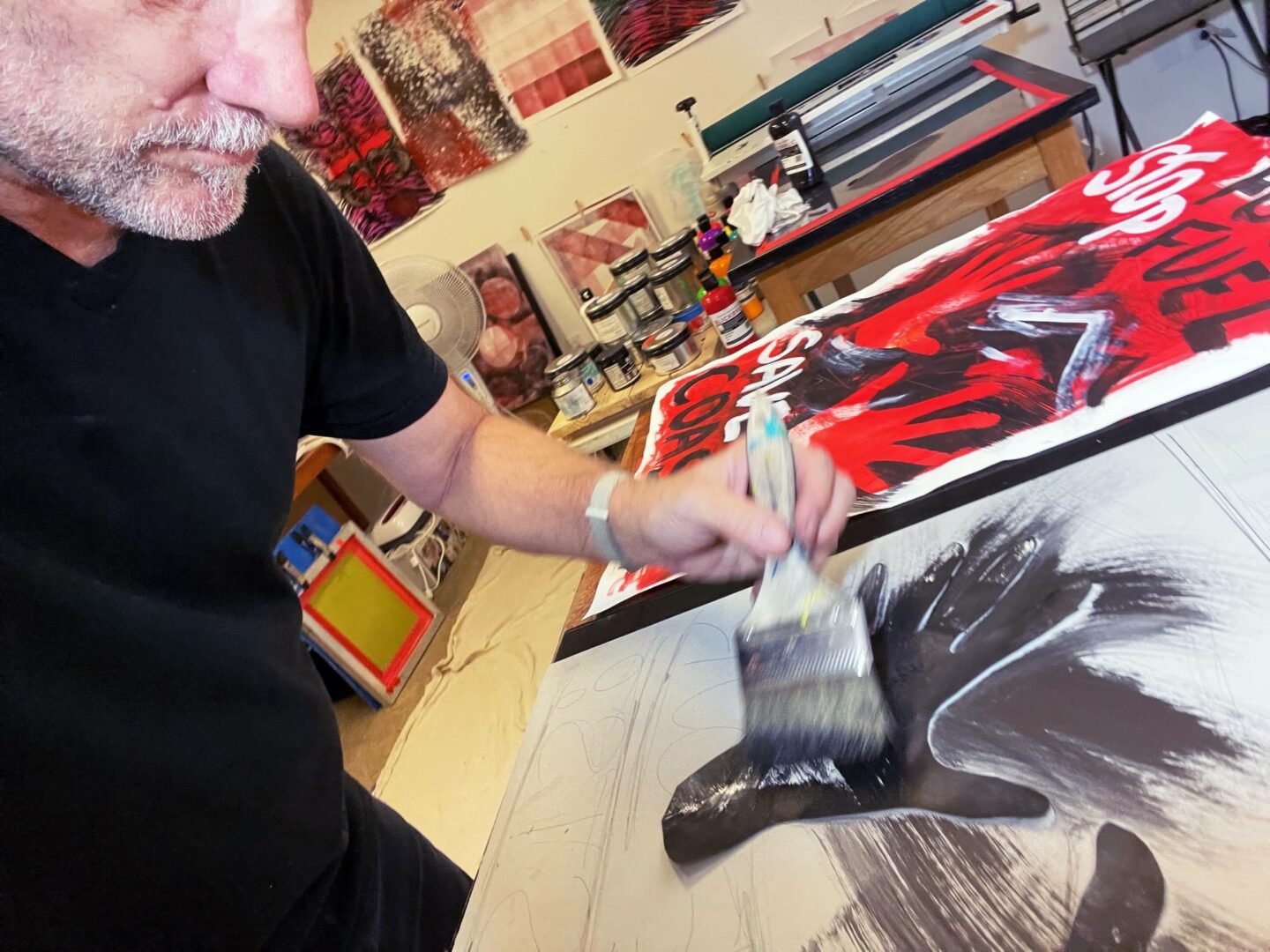
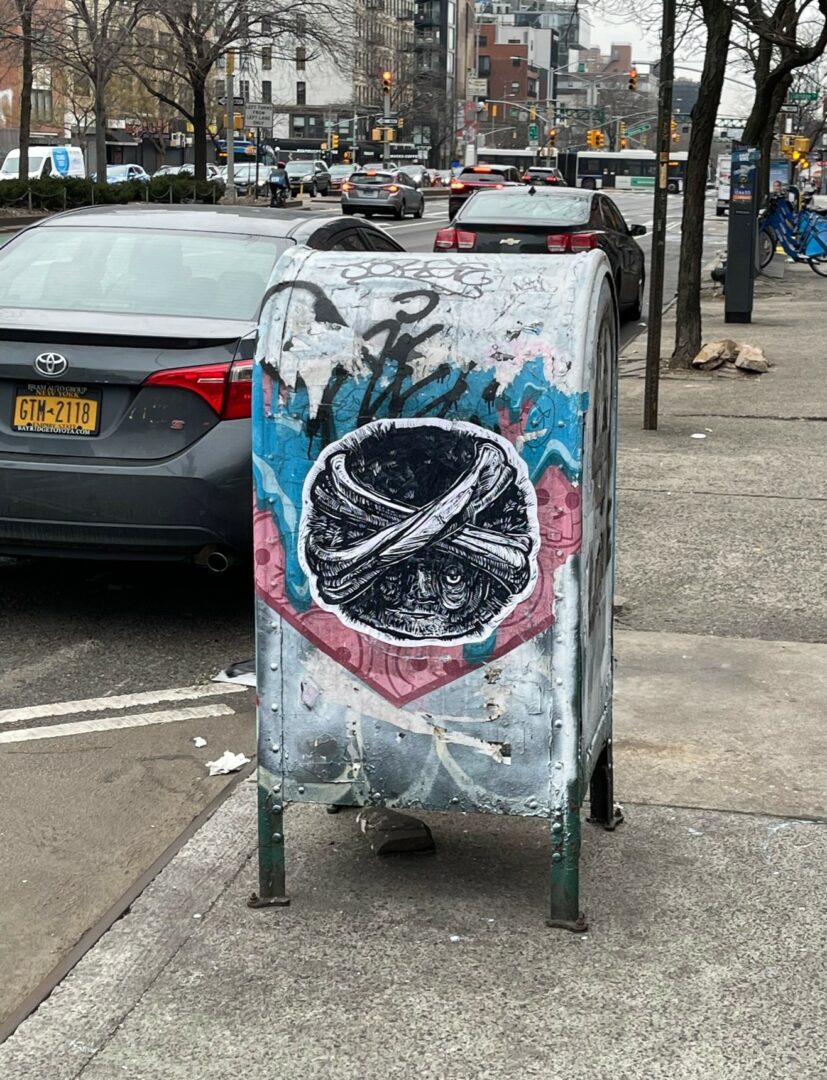
Looking back, what do you think were the three qualities, skills, or areas of knowledge that were most impactful in your journey? What advice do you have for folks who are early in their journey in terms of how they can best develop or improve on these?
Here are three things that have helped me the most and that might be of value to other creatives:
1. Don’t think of your artistic career as something separate from your whole life. Use the same creative skills to craft a life that reflects your values and not that of society. Listen to the small voice inside you that is your intuition and be brave enough to follow it. Not off a cliff, but into better solutions to problems that you face. Let me give you another example. When I decided to go to art school and leave a career path in medicine, my mother said she was done paying for my education. Rather than take out student loans, I started a business without a loan and worked and paid my own way through my MFA program. My wife and I did not believe daycare was the right choice for a new family, so we kept our kids at home and we both ran our business out of our house. When it grew too large we rented office space and took our kids with us. When the business outgrew that arrangement, and was going to take even more time from us for being parents, we sold the business and became teachers. We paid off our mortgage with the sale of the business and have lived mortgage free for decades.
2. Keep things Simple. You don’t have to have all the trappings of an idealized arts career. I am most happy to see young creatives electing to live the van life, or homesteading, caring for families AND making art, or living communally. Be brave enough to keep it simple. I challenge young artists to find ways around the often white Supremacist fine art establishment. I believe our American capitalist culture does NOT have the best path to happiness waiting for you. So create it!
3. Put your values into your art. So many artists are fearful to put any content into their art. While decorative art is wonderful, I have found that the strongest engine to my persistence has been folding my values into whatever art I am making.
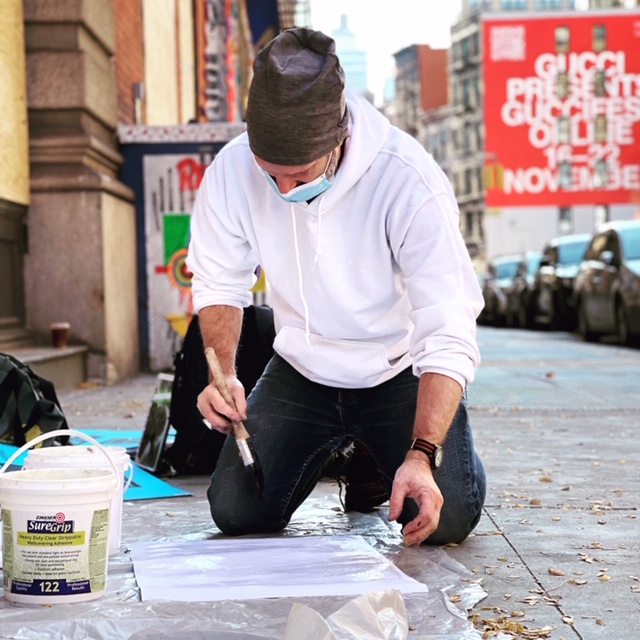
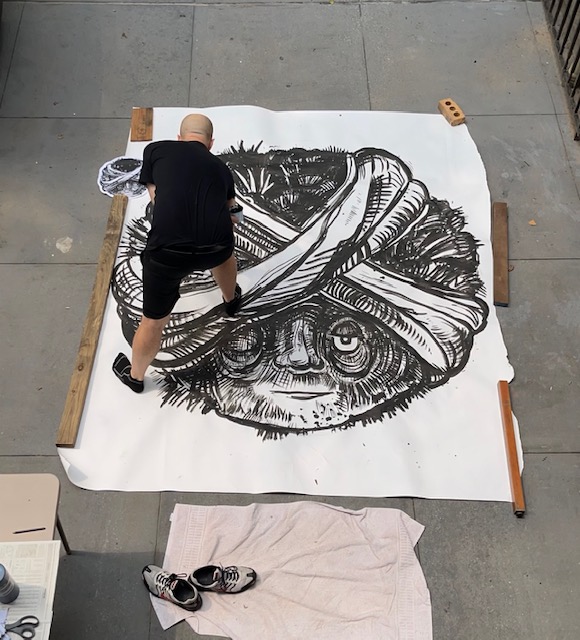
One of our goals is to help like-minded folks with similar goals connect and so before we go we want to ask if you are looking to partner or collab with others – and if so, what would make the ideal collaborator or partner?
I am forever looking for “my tribe.” They are an imagined people living self-made lives that value community, simplicity, equality, stewardship of the earth and each other. I live with a small band of people right now that are members of this tribe, but I am always looking for more! I know you are out there. I would particularly like to find communities where I can continue to teach and share my passion for creating. I would love to travel and work in print studios collectively with other pirates.
Contact Info:
- Website: https://www.todd-drake.com
- Instagram: @quakerpirate
- Facebook: Quaker Pirate
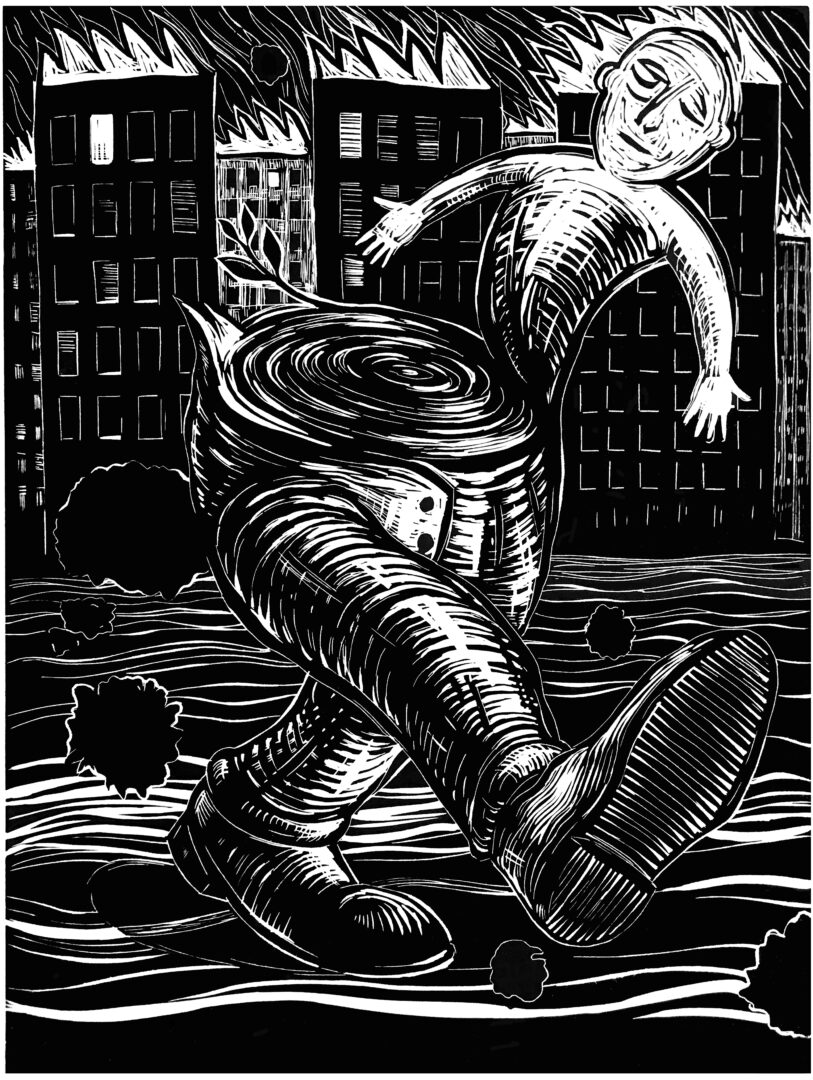
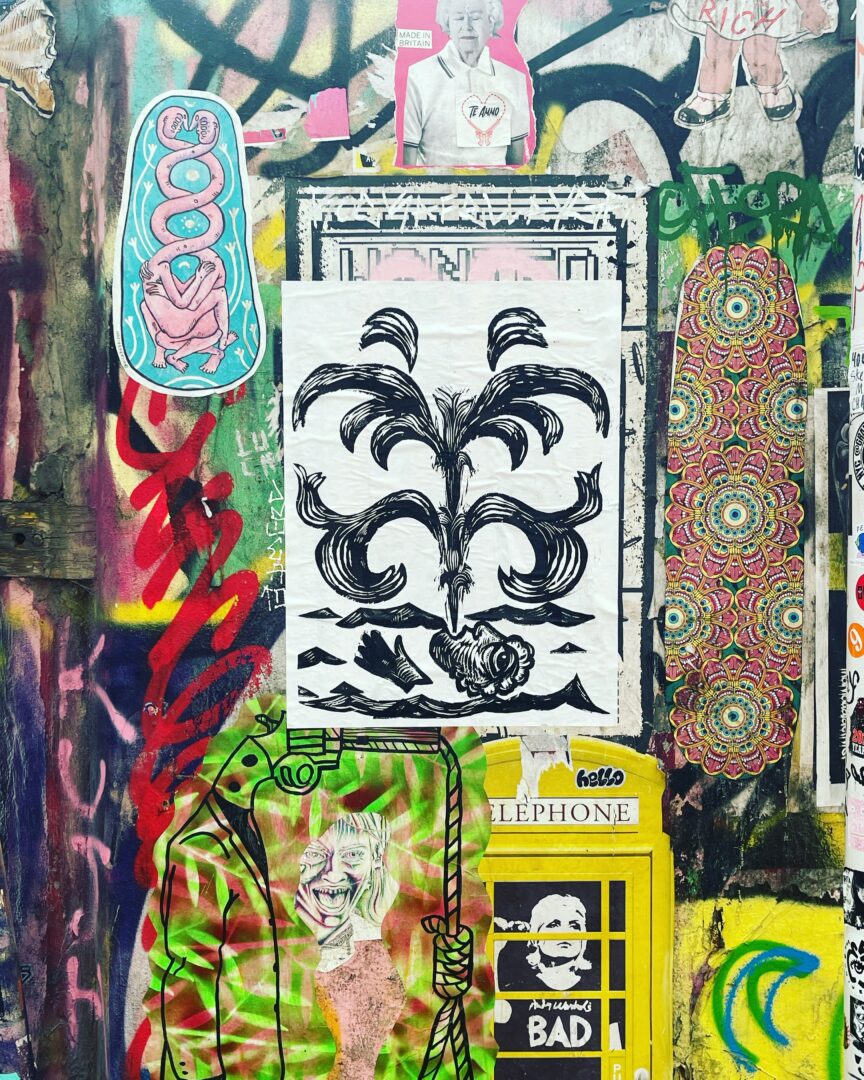
Image Credits
All photos by Todd Drake except for the one of me in the white hoodie. This is by AJ Stetson.
so if you or someone you know deserves recognition please let us know here.


